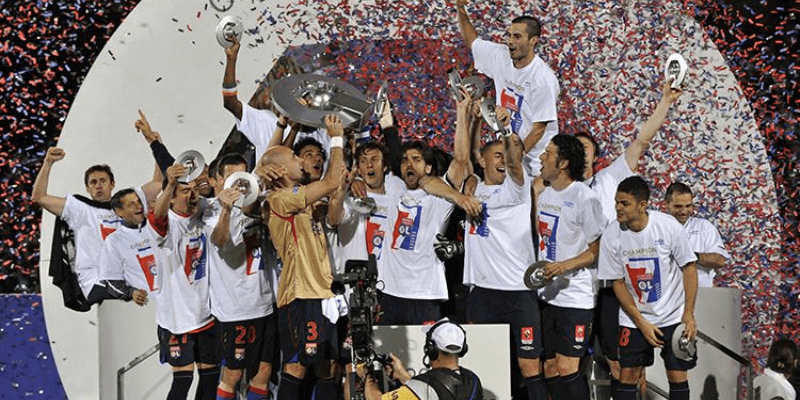Ever wondered who claimed the crown as the first Ligue 1 champion in France? The answer lies in a pivotal moment when French football transitioned. Whether you’re a stat-geek, a fan of French football history, or just curious about league origins — read on.
The Early Days: From Amateur Leagues to Professionalism

Football in France before 1932
Before the 1930s, French football was largely organized in regional amateur leagues, and national championships often took place through cup formats or inter-regional playoffs. There was no unified national professional league. The idea of a full national league structure was debated for years, but concerns over financial sustainability, club professionalism, and regional logistics delayed consensus.
The move to a professional league
In 1930, the National Council of the French Football Federation officially endorsed professionalism in French football, paving the way for a new national competition. With the infrastructure, clubs, and governance slowly aligning, the decision was made to launch a fully professional national league in 1932, with the first season starting in 1932–33. This marked the birth of what would become “Ligue 1,” although the name and format evolved over time.
The 1932–33 Season and the First Champions
Format and competition
The inaugural season (1932–33) was structured with two groups (Group A & Group B), each containing ten teams. The winners of each group would then face off in a final to determine the national champion. This format mirrored transitional models used in other European leagues as they adopted national competition. ikipedia])
Champion: Olympique Lillois
The final between the group winners saw Olympique Lillois emerge victorious over AS Cannes to claim the title. Thus, Olympique Lillois is officially recognized as the first Ligue 1 champion (or first champion of the professional top flight in France).
Over the season, Olympique Lillois proved strong both in their group and in the championship decider, marking their place in French football lore as the pioneers of national league glory.
League Evolution: From Division Nationale to Ligue 1

Name changes and format shifts
- In the first season, the competition was called Division Nationale, then swiftly became Division 1.
- In 2002, the league was rebranded officially as “Ligue 1,” modernizing its identity and aligning with the branding trends in major European leagues.
- The structure of the league evolved over decades: shifting, and reforming promotion/relegation rules.
From the first champion to today’s champions
After that inaugural triumph, Olympique Lillois never became a dominant force in France long-term, especially after merging with SC Fives in 1944 to form Lille OSC.
Meanwhile, other clubs rose to prominence. Paris Saint-Germain now holds the record for most league titles, with triumphs surpassing many storied names of French football. pn.co.uk])
Clubs like Saint-Étienne, Marseille, Monaco, and Lyon have left their own imprints, influencing the competitive landscape significantly across decades.
Legacy of Olympique Lillois and the Significance Today

The identity of Lille
The original Olympique Lillois eventually merged with SC Fives in 1944 to form Lille OSC, which traces part of its lineage back to that first champion. While Lille OSC has had periods of success (including modern league titles), the memory of Olympique Lillois remains a foundational chapter in French footballistory.
Symbolic importance
That first championship is more than a footnote: it symbolizes the transition to professionalism, the ambition of clubs beyond regional dominance, and the beginning of modern French club football. Without that first season, the structure and prestige of today’s Ligue 1 may look very different.
Notable Firsts And Comparisons
- Interestingly, although Olympique Lillois won the first professional championship, the first “French football champion” in the broader sense was Standard Athletic Club in 1894.
- France’s top flight system has evolved with a single unified table since the 1933–34 season onward, abandoning the two-group plus final format.
- In modern context, the first Ligue 1 champion is often referred to in terms of the professional era, reinforcing the legacy of Olympique Lillois in the annals of French football.
Conclusion
The first Ligue 1 champion in French professional football history was Olympique Lillois, winning the 1932–33 season’s final against AS Cannes in the first ever national professional top-flight competition. That victory marked the dawn of professional league football in France and laid the foundation for the league we know today as Ligue 1.
KorKick hopes this journey into the origins of French football has enriched your understanding of how today’s powerhouses grew. Which one interests you more?






